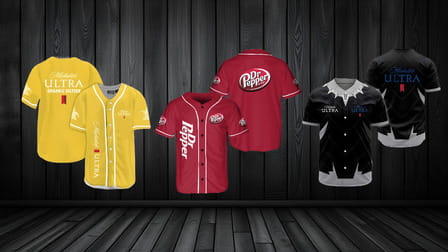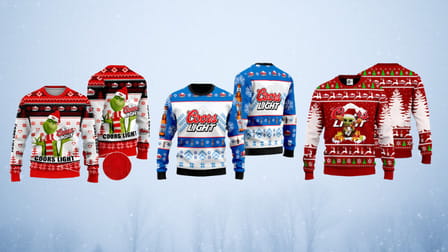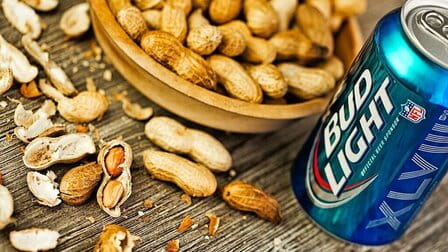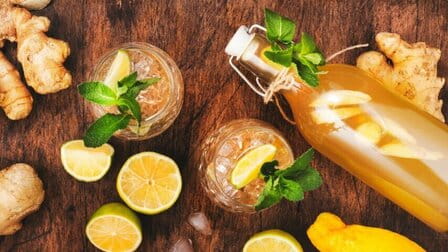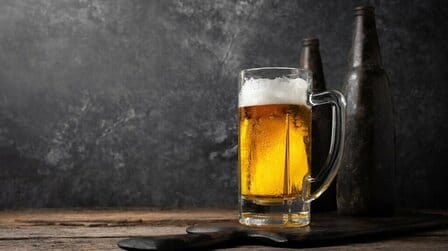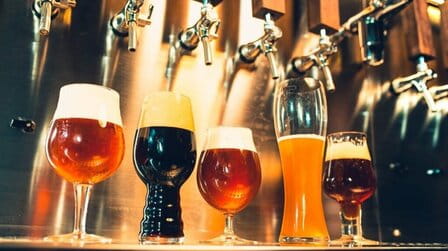Germany is known for its rich beer culture and variety of beer styles. With over 1,300 breweries across the country, Germany produces over 5,000 different beers. Here is an overview of the major types of beer brewed in Germany:
Lager
Lagers are the most common type of beer in Germany. They are bottom-fermented and stored at colder temperatures to mature. Some popular German lager styles include:
Pilsner
Pilsner originated in the Czech city of Plzen, but German-style pilsners are pale, crisp, and refreshing lagers with a dry finish and moderate hop bitterness. Examples include Bitburger Pils and Warsteiner Pilsner.
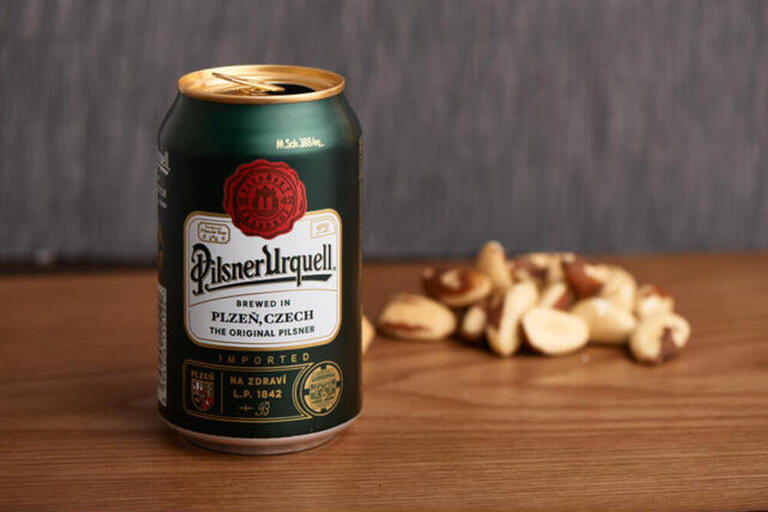
Helles
Helles means "bright" in German. This style is a pale golden lager with low bitterness, subtle malt sweetness, and medium body. Some well-known brands are Paulaner Original Munich Lager and Weihenstephaner Original.

Dunkel
Dunkel is German for "dark." Dunkel lagers are full-bodied, malty beers with chocolate and roast flavors. Examples are Ayinger Altbairisch Dunkel and Franconian Dunkel from Weltenburger Kloster Brewery.

Schwarzbier
Meaning "black beer," schwarzbiers are dark lagers that combine light roastiness with moderate bitterness. Try Köstritzer Schwarzbier and Schwarze Schwester Dunkel from Oettinger Brewery.
Bock
Bock is a strong lager ranging from amber to dark brown in color. It has a clean, rich malty taste and higher alcohol content. Famous bocks are Einbecker Ur-Bock Dunkel and Aecht Schlenkerla Rauchbier Weizenbock.

Kellerbier / Zwickelbier
Unfiltered lagers that undergo lagering in deep cellars. They have a hazy appearance and robust flavor. Great examples are Mahr's Kellerbier and Schlösser Alt Kellerbier.

Wheat Beer
Wheat beers are top-fermented brews made with a high proportion of wheat. German styles include:
Weizenbier / Weissbier
Made with at least 50% wheat malt, these cloudy "white beers" have pronounced fruity and spicy flavors plus a creamy mouthfeel. Try Paulaner Hefe-Weizen or Erdinger Weissbier.

Dunkelweizen
The dark version of weizenbier, with a medium body and notes of banana, clove, and caramel. Schneider Weisse Original is a classic example.

Weizenbock
A strong, dark wheat beer with a bold malty flavor and warming alcohol presence. Look for Weihenstephaner Hefeweissbier Dunkel.

Berliner Weisse
A tart, refreshing Berlin specialty brewed with lactobacillus bacteria. It has a lemon citrus tartness and low alcohol content. Try Berliner Kindl Weisse or 1809 Berliner Style Weisse.

Regional Styles
Germany has many small regional breweries producing distinctive local styles, such as:
- Kölsch - pale, delicate beer from Cologne with soft fruit accents. Früh Kölsch is the market leader.
- Altbier - Düsseldorf's signature reddish-brown ale with robust hop bitterness. Try Bolten Alt or Schlüssel Alt.
- Gose - tart, salty wheat ale from Leipzig and eastern Germany. Bayerisch Bahnhof Leipziger Gose exemplifies this niche style.
- Rauchbier - "smoke beer" with a bacon-like smokiness, such as Schlenkerla Rauchbier Märzen from Bamberg.
- Berliner Pilsner - hoppy, dry pale lager from Berlin. Try Berliner Pilsner from Berliner-Kindl-Schultheiss-Brauerei.
Craft Beer Movement
The German craft beer scene has grown rapidly, leading to more experimentation with styles like IPAs, stouts, and sour beers. Leading craft brands are Crew Republic, Fritz Briem, and Maisel & Friends. Craft brewpubs to look for include Lemke, Freigeist Bierkultur, and Lindenbräu.

Germany's long brewing traditions combined with modern craft influences make it a dynamic beer destination. There are so many amazing beer styles to discover, from light lagers to smoky rauchbiers and tart Berliner weisses. Any beer lover visiting Germany is sure to find exciting new flavors and local specialties to sample. With a basic grasp of the major types of German beer, you can better appreciate this country's proud brewing heritage.
Why are there so many beer styles in Germany?
Germany has a long history of brewing due to factors like its abundant supply of water and barley, as well as laws like the Reinheitsgebot (Purity Law) of 1516 that regulated ingredients and protected brewing traditions. Over the centuries, distinct regional styles emerged based on local tastes, brewing methods, and available ingredients. Germany's fragmented geography also allowed small villages to develop their own unique beer cultures. Lastly, modern influences like craft brewing have led to experimentation with many new styles in recent decades.
What are the differences between lagers and ales?
Lagers are bottom-fermented beers conditioned at colder temperatures. This produces a crisper, cleaner flavor profile. Ales are top-fermented at warmer temperatures, creating fruitier and more complex flavors and aromas. Germans brew mainly lagers, especially pilsners, helles, dunkels, and bocks. The only top-fermented styles are wheat beers and regional ales like kölsch and altbier.
What is a beer purity law and how did it influence German brewing?
The Reinheitsgebot purity law of 1516 restricted beer ingredients in Germany to barley, hops, and water (yeast was later added after its role in brewing was understood). While limiting creativity and innovation, this law also protected beer quality and traditional methods of production. Most classic German styles adhere closely to the Reinheitsgebot through their focus on the interplay between barley malt and hops.
What are the most popular beer styles among Germans today?
Pilsner is by far the most consumed beer in Germany, making up over 50% of the market. Other leading styles are weizenbier/weissbier, helles, and to a lesser degree, export lagers like dunkel and schwarzbier. Regional favorites like kölsch and alt are popular locally. Craft beer is slowly growing but still makes up under 5% of overall beer consumption.
How easy is it for tourists to find German craft beer?
The craft beer renaissance in Germany makes it much easier to access specialty brews. Look for craft-focused beer bars and retailers in major cities that stock IPAs, stouts, sours and more from microbreweries like Crew Republic and Braustelle. Seeking out brewpubs like Lemke and Lindenbräu is another good option. But outside of large cities, it can still be a challenge to find craft beer variety.
